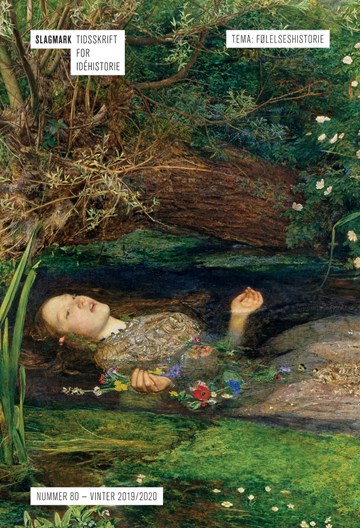Familie og følelser i det romerske Kartago
DOI:
https://doi.org/10.7146/slagmark.vi80.136320Abstract
This article discusses the epitaphs with epithets from two burial grounds at Carthage excavated by Alfred-Louis Delattre in the last decades of the 19th century. He found more than 900 Latin inscriptions that can be dated between the late first century and the early third century CE. Most of those buried at the so-called ‘cimetières des officiales’ were imperial slaves and freedmen together with their relatives and include almost 1300 individuals. Epithets occur just in about sixty epitaphs or about 6 % of the inscriptions from the imperial burial grounds at Carthage. The inscriptions are mostly short with certain conventions. The employment of epithets characterized the moral qualities of the commemorated seen from the commemorator’s point of view and is an expression of feelings, emotions and grief. The epitaphs from Carthage come from a well-defined context within a well-defined group, which may share the same feelings and be called an emotional community. The analysis of the most common epithets demonstrates remarkable differences between their use at Carthage and in the funerary inscriptions found in Rome.





